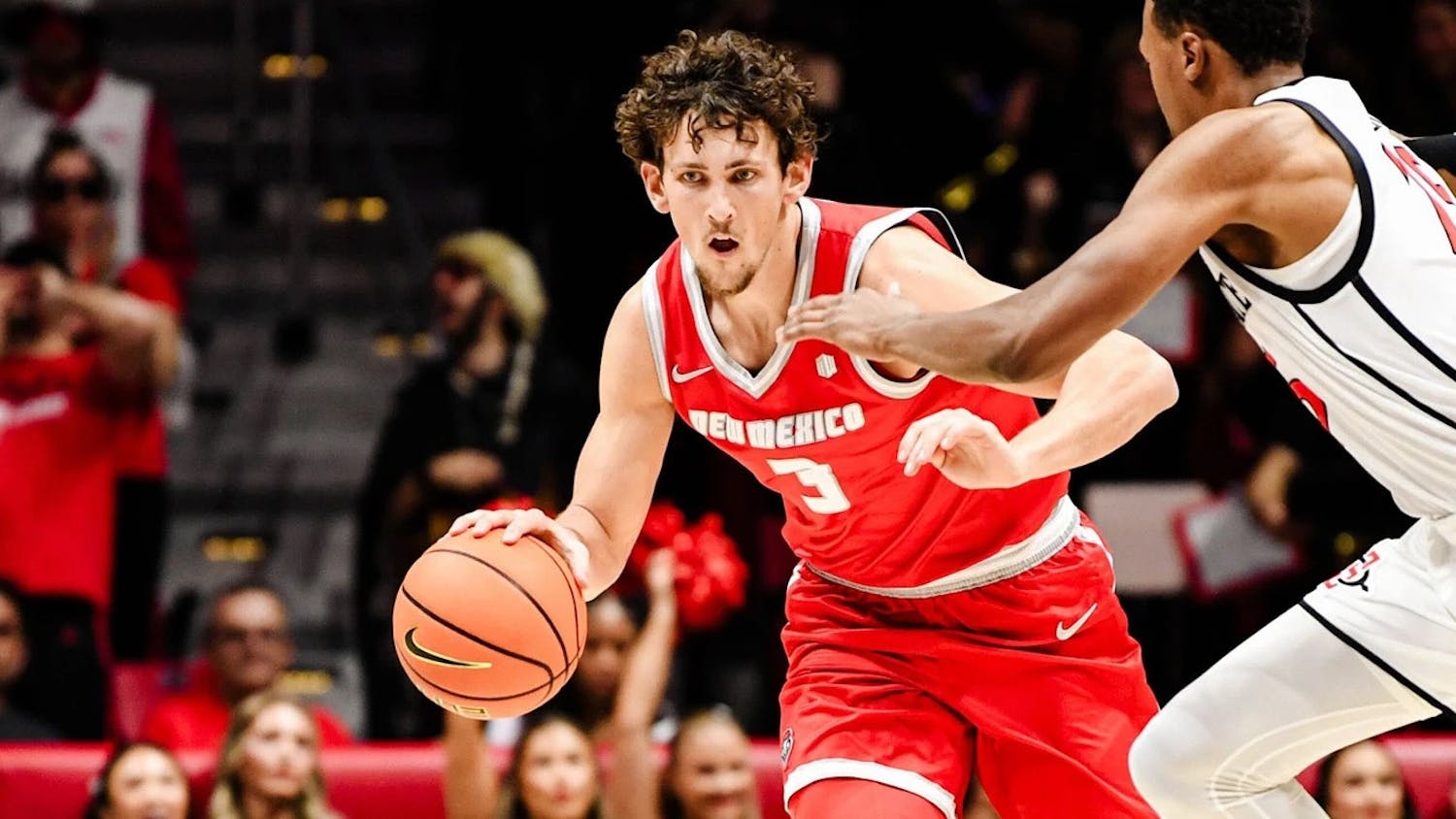This review contains spoilers
While I was thrilled that Pixar finally returned to making movies with more than one word in the title, I didn’t have much hope for “Turning Red” originally. After all, it’s hard to compete with the classics of the aughts. Despite this, I realized that the film actually leans into the viewer’s nostalgia to soothe the older viewer and draw them into the plot.
I immediately enjoyed the setting, color scheme and animation of the movie. The protagonist, spunky Chinese Canadian Mei Lee, isn’t that awkward blend of hyperrealistic and cartoonish character design seen in films like “Encanto” and “Frozen.” Her face has Ghibli-style proportions: a big, expressive mouth and eyes that change into a bright, starry form more akin to an anime character’s. It’s no wonder that film director and writer Domee Shi was a fan of anime in her youth and a fan artist, as she explained in an interview for That Shelf.
As the title would suggest, the central plot of the film centers around Mei’s ability to turn into a red panda. Mei doesn’t become a panda for long periods of time; her panda moments are explosive, adolescent bursts that she quickly learns to assuage by visualizing her friends (a great technique from cognitive behavioral therapy). Instead of dehumanizing its protagonist of color, “Turning Red” portrays bubbly, buoyant Mei as both a normal tween and one with the power to transform into an animal representing her family.
The red panda is a cuddly, commodifiable emblem for the film, but it’s also a powerful symbol of generational strength. Mei’s ancestor Sun Yee relied on her fiery inner red panda spirit to help keep her family safe in dire straits.
In the 21st century, however, the women of the Lee family view their pandas as an annoyance, if not dangerous beasts (when you watch “Turning Red,” you’ll see just how monstrous the furry creatures can get). Though Sun Yee needed her red panda, it was also a sign of her pain. The Lee women chose to relinquish their pandas, banishing them into intricate jade jewelry.
The metaphor of the red panda as unresolved family trauma urges parents to address what they’re holding inside as well as prompts their children to see their parents as people. At the emotional core of the film, Mei encounters her mother Ming as a 13-year-old girl and brushes a lock of panda-red hair behind her ear, comforting her.
Few movies about school life manage to avoid damaging misogynist archetypes, like the hyperfeminine mean girl, but “Turning Red” succeeds in depicting its girly girls in a positive light. The classmate we expect to be framed as mean, Stacy, who sports a blonde head covered in nostalgically fashionable butterfly clips, adores Mei’s pandahood instead of admonishing it.
Even Tyler, the blackmailing, braces-wearing bully, takes a backseat to the primary source of narrative tension. The main conflict is between two complex characters who love each other — Mei and her mother — a step up from the simple struggle between good and evil often played out in kids’ media.
Though the film sure likes to shove its Canadianess down your throat with maple leaves everywhere and moose dashboard decorations, the art direction transforms 2002 Toronto into a pastel paradise of pink and green. The minutiae of Mei’s life are the most memorable, like the “This Girl Loves Math” sticker on her flute case and her star stick-on earrings.
These saccharine details combined with the secondary tension of the film — how Mei and her friends will see their cherished boy band 4*Town live — creates a nostalgic world for the viewer. Millennials and Gen Zers alike will relish in the angelic imagery of 4*Town, who appear to be a convenient conglomeration between modern-day BTS and the aging Backstreet Boys.
“Turning Red” comes at a time when the children of millennials are approaching teenagehood. The nostalgia evoked by the setting makes parents remember what it was like to come of age, however different that is in 2022 as compared to 2002. “Turning Red” provides a visually stunning and lasting image of what it means to nurture the inner child and break free of generational cycles.
Get content from The Daily Lobo delivered to your inbox
Nell Johnson is a freelance reporter for the Daily Lobo. She can be reached at culture@dailylobo.com or on Twitter @peachnells






